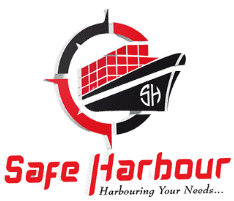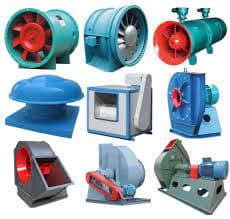Marine equipment is electronic devices used for gear control and to check the temperature, stream, level, and burden on vessels of various sizes, including explorer ships, merchant ships, and sea boats. This marine gear by marine paint supplier ceaselessly notices marine equipment execution and consolidates strain-checking instruments, level transmitters, temperature-following measures, and automated process instrumentation.
A couple of occurrences of the specific purposes for marine instruments include:
- Controlling caution and power structures
- Supervising engine fluid, fuel, and oil levels for cooing and general action
- Staying aware of offset fluid levels
- looking at compacted air systems
- Regulating freshwater siphons
The Meaning of Including Marine Instruments for Stuff Control

Ships utilize state-of-the-art marine stuff to manage everything from engine parts and controlling systems to radar disclosure and course structures. Right when this stuff misfires, it impacts practical efficiency and causes individual time that can put your boat deferred.
An offset that needs to be filled to the legitimate level after stacking and unloading cargo impacts the strength of your boat. Energy in the board structure that isn’t working at an ideal level decays energy efficiency and influences practicality tries, for the most part, functional adequacy. Spills and dangerous strain levels in oil and fuel tanks can influence engine movement and lead to terrible events that impact the security of your group and voyagers.
Marine instrumentation considers faster response times when issues arise and deal with the security, enduring quality, and efficiency of business and sea task force exercises. Contact us to discuss the marine instrumentation that meets your necessities.
Marine Instruments for Equipment and Collaboration Noticing
- Pressure Checks and Transmitters: Consolidate straightforward and high-level contraptions that activity pressure levels of fluids, oils, and gases in tanks, loads, and other holding vessels. Transmitters then convert the strain readings into signals examined by a grandstand or PLC.
- Level Transmitters: Give an unending assessment of levels in fuel, oil, balances, and water tanks. Sorts of level transmitters consolidate capacitance level sensors, coordinated wave radar sensors, non-arriving at radar level sensors, and ultrasonic level sensors, and anything is possible from that point. These marine instruments are open in decisions that mount inside or outside a tank, either at the top or base.
- Motorization Instrumentation: Consolidates encoders, signal conditioners, and photoelectric and inductive sensors for noticing electronic cycles in different marine and land-based applications. Automation instrumentation controls engine parts, keeps up with structures, and checks and takes care of systems.
- Temperature looking at Devices: Consider precise temperature control to maintain proper working temperatures and thwart overheating that can hurt marine gear by marine organizations in Sharjah and make prosperity risky. Temperature instrumentation checks ventilation and cooling water systems, coordinate exhaust gas from engines and blowers and notices oil and gas temperatures. That is just a hint of something larger.
As you pursue making your marine site more secure, integrate well-being arrangements that deal with comprehensive insurance. You shouldn’t put resources into hardware missing the characteristics examined previously. Instead, investigate your dangers and focus on moderating those you’re presented to first. Further developing security is a continuous interaction that beginnings with settling on the right galley equipment choices for your site.

